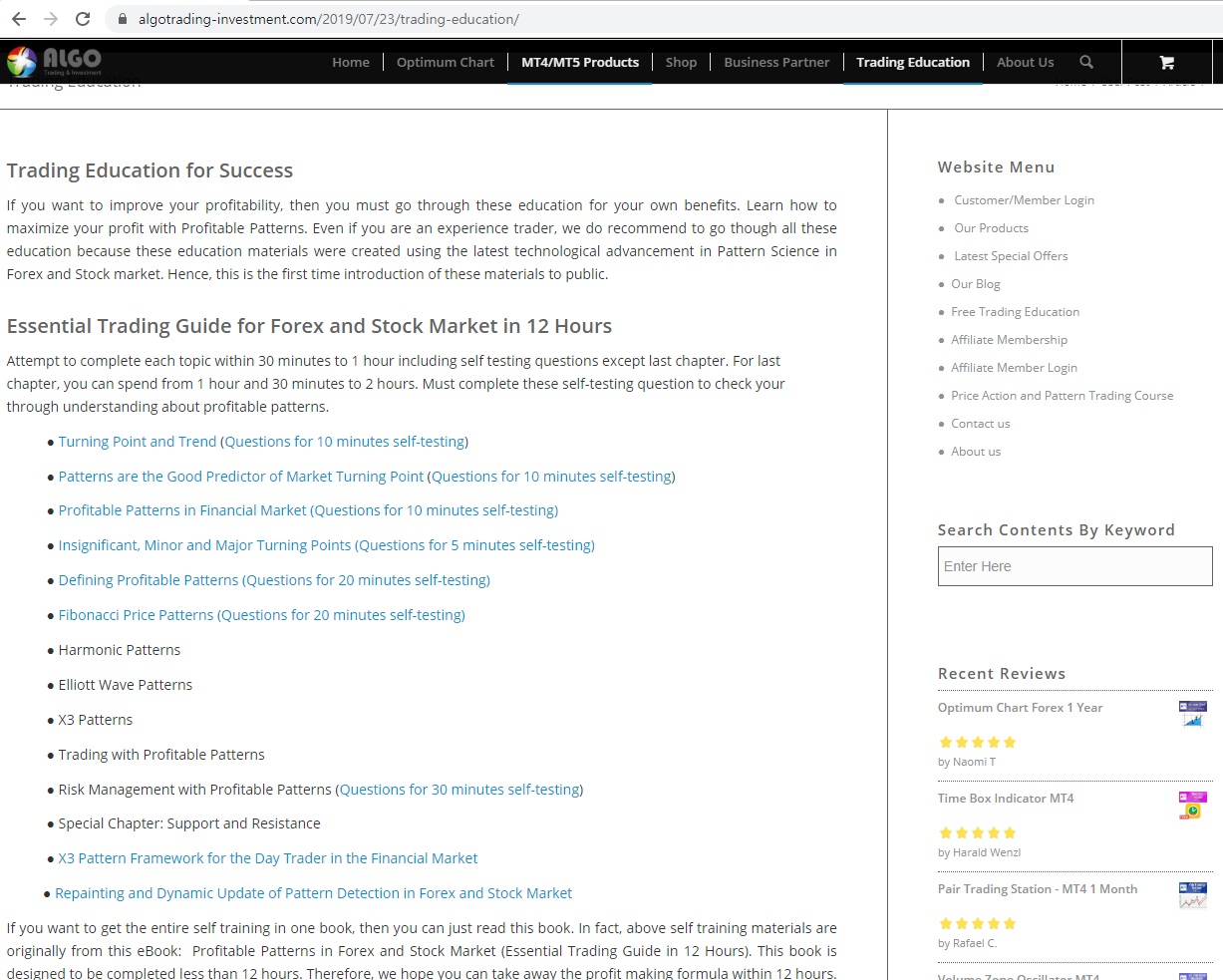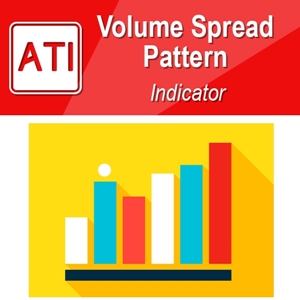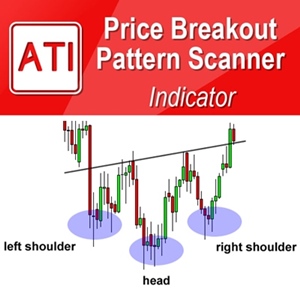Free Forex Trading Education
Free forex trading education refers to resources, materials, and platforms that offer learning opportunities about trading in the foreign exchange (forex) market at no cost. These educational resources can be valuable for both novice and experienced traders, providing insights into market dynamics, trading strategies, technical analysis, risk management, and more. Here are some common sources of free forex trading education:
- Online Courses and Webinars: Many forex brokers and trading platforms offer free online courses and webinars covering various aspects of forex trading. These resources may cover topics such as introduction to forex trading, technical analysis, fundamental analysis, risk management, and trading psychology.
- Educational Websites and Blogs: There are numerous websites and blogs dedicated to forex trading education. These platforms often provide articles, tutorials, guides, and videos on different trading strategies, market analysis techniques, and trading tools. Examples include Investopedia, BabyPips, DailyFX, and TradingView.
- YouTube Channels: Several YouTube channels specialize in forex trading education, offering tutorials, analysis videos, trading strategy discussions, and live trading sessions. These channels can be a valuable resource for visual learners who prefer video content. Some popular forex trading YouTube channels include UKspreadbetting, Trading 212, and The Trading Channel.
- Forums and Online Communities: Participating in online forex trading forums and communities can provide valuable insights and learning opportunities. Traders often discuss trading strategies, share market analysis, ask questions, and offer advice. Forex Factory and Reddit’s r/Forex are popular platforms for forex traders to interact and learn from each other.
- E-books and PDF Guides: Some forex educators and websites offer free e-books and PDF guides covering various aspects of forex trading. These resources can provide in-depth knowledge on specific topics and trading strategies.
When utilizing free forex trading education, it’s essential to verify the credibility and reliability of the sources. Always cross-reference information from multiple sources and be cautious of promotional content that may be biased or misleading. Additionally, traders should continuously seek to expand their knowledge and stay updated on market developments to improve their trading skills over time.
algotrading-investment.com provides many resources available online to help you learn more about Forex trading and Stock Trading. algotrading-investment.com has a great education section, which covers basic concepts, trading strategies, and technical analysis. Forex trading may seem complicated at first, but once you get the hang of it, it can be readily traded. There are many strategies that traders use to make money in the forex market. Some of the most popular strategies include trend following, range trading, scalping, and position trading, etc.
Designing a successful strategy is an intellectually challenging process. It requires extensive research and testing. The research in trading is always followed by the immediate real world outcome. The trading strategy based on the bad system or methodology will be falsified extremely fast in the real world trading. Naturally, a trader with the scientific mind set can learn the great deal of knowledge about this world from testing various trading methodology with the financial market. Science or scientific methodology plays an important role in trading and investment.
Technical and fundamental analyses are the two main schools of thoughts for financial trading and investment. Technical analysis assumes that price discounts for everything. For example, technical analyst believe that at a given time a stock’s price reflects everything that could affect the company including company’s fundamental factors, economic factors and market psychological factors. Technical analyst also believes that history tends to repeat itself. Therefore, they can predict the future. Technical analysis only leaves the price as the main subject to study. For fundamental analysis, traders study the intrinsic value of the company. For example, they make their trading decision based on growth potential of the security. They are more concerned with basis like sales, earnings and management of the company. In general, fundamental traders are considered as the long term investors whereas the technical traders are considered as the short term investors. However, there are short-term fundamental traders too. For example, some news traders do not hold their position too long. On the other hands, there are technical traders basing their trading decision on monthly timeframe. Those technical traders can hold their position for several months to few years too.
The origin of technical analysis could be traced back to the trading of Japanese rice in Osaka in late 1600. This is the period when the Japanese candlestick technique was developed. With the development of high capacity computers and internet, the development of technical analysis has been accelerated even fast. In this book, we are only interested in the technical analysis in terms of the methodological point of view. Do not confuse the technical analysis with technical indicators. Technical analysis is the comprehensive methodology that covers broad scientific and mathematical methods. Technical indicator is the mathematical transformation of the price series to extract smoothed price trajectory or oscillating motion of the price like Simple Moving average or Relative Strength Index. Of course, technical indicator is a part of technical analysis but it is much smaller concept comparing to technical analysis. To give you some ideas about technical analysis, we will present five important categories for technical analysis. The five categories include charting, pattern analysis, technical indicator, mathematical method and artificial intelligence. We list some of the sub elements of the five categories in Table 1-1.
Charting Techniques Pattern Analysis
• Line chart
• OHLC Bar chart
• Candlestick chart
• Renko chart
• Median Renko chart
• Tick chart
• Point & Figure chart
• Heiken Ashi
• Area
• Kagi
• Line break
• Histogram
• Scatter plot • Japanese candlestick patterns
• Support & resistance
• Pivot point analysis
• Volume Spread Analysis
• Elliott Wave Theory
• Harmonic Pattern
• Fibonacci Retracement, Fibonacci Fan, Fibonacci Arc,
• Gann Line, Gann Fan, Gann Arc, Gann Square
• Tradable Patterns (Rising Wedge, Falling Wedge, Double top, double bottom, head & shoulder pattern)
• Supply & Demand Zone (Rally Base Drop and Drop Base Rally patterns)
• Andrew’s pitch fork
• Market Profile
Technical indicators Mathematical Methods
• Simple Moving Average
• Exponential Moving Average
• Triple Exponential Smoothing Average
• Relative Strength Indicator
• Fractals
• MACD
• Commodity Channel Index
• Rate of Change
• Williams’s Percent (%)
• Stochastic Oscillator
• Parabolic SAR • Principal Component Analysis
• Wavelet Transformation
• Multiple Regression
• Logistic Regression
• Exponential smoothing method
• Autoregressive Integrated Moving Average method
• Vector Autoregressive method
• Error correction model
• Co-Integration Test
• Dynamic Stochastic programming
• Monte Carlos Simulation
Artificial Intelligence
• Multilayer Perceptron
• Support Vector Machine
• Self-Organizing Map
• Deep Machine Learning
• Genetic Algorithm
Table 1-1: Five main categories of Technical Analysis.
Charting techniques are the first requirement for trading. Simply speaking traders cannot trade without any chart. The value for good visualization technique is a prime importance for traders. Important attributes in the modern charting technique is that they must allow the instant recognition of important patterns and trend from the price series. In addition, market volatility should be also easily gleaned from the chart too. Some commonly used charting techniques are line chart, OHLC bar char and candlestick chart. In modern trading software, these three types of charts are essentially provided in their basic package. Some more sophisticated software offers Renko chart, Point & Figure chart and Tick chart for advanced users. Traders tend to have their preferences for the choice of the charts. For traders using Japanese candlestick patterns, they will stick with candlestick chart over OHLC bar chart. If traders are looking for breakout patterns, then they will prefer Renko chart or Point & Figure chart.
The objective of the technical indicator is to measure the strength of trend, volatility and momentum of the price series. Technical indicators are mostly derived from the price series. Sometime technical indicator uses open, high, low and close price. Sometimes the technical indicator only uses close price for computation. The advantage of technical indicators is ease of use. For example, most of technical indicators can be displayed simultaneously together with the original price series in a convenient way. Therefore, traders can easily incorporate alerting system for his trading. The disadvantage is that most of time technical indicators are lagging behind the actual price series. In modern trading platform, technical indicators and charting facilities are the basic requirements for trading. Many of the software vendors provide over 100 technical indicators with their trading platform. There are some of the vendors claiming that they are offering over 3000 different technical indicators unofficially. Most common mistake for traders is that they tend to apply the same technical indicator across every market. The different market can have different market dynamics. Therefore, before blindly applying any technical indicators, you should ask the question like “Is this technical indicator right one for this market?”. For example, for the stock exhibiting strong growth patterns, it is not good idea to look for the trend reversal opportunities using the relative strength indicator.
Besides technical indicators, pattern analysis is another important tool for traders. Pattern analysis concerns about the price levels and the geometry of the price series. Support & resistance, Japanese candlestick pattern and Fibonacci retracement are the popular pattern recognition techniques for traders. Support and Resistance represents key price levels where the force of supply and demand meets. Normally support and resistance levels are detected by connecting frequently tested level from your chart. Support is the price level at which demand is strong to prevent the price from declining further. Resistance is the price level at which selling is strong to prevent the price from rising further. Some textbook might teach you the support and resistance level as the reversal level but this may be not true. Practically speaking, support and resistance level can act as the breakout level too. For example, when the price penetrates through resistance level, more buying momentum can build up for strong bullish movement. Likewise, when the price penetrates the supply level, more selling momentum can build up for strong bearish movement. However, what is always true is that there are strong volatility around the support and resistance area. Price will either penetrate hard or bounce back hard at support and resistance level. When the resistance level is penetrated, then the resistance level becomes support level. Likewise, when the support level is penetrated, the support level becomes resistance level. Traders should get habit of making note for the important levels always for their trading.
Good Trading education is a must have if you want to become profitable trader. We try to bring the essential but untold stories about trading through this trading education page. We also try to share the most up to date research results in this trading education page too. Do not miss if you want to get updated with new trading technology and new profitable methods.
https://algotrading-investment.com/2019/07/23/trading-education/
https://algotrading-investment.com/manuals-and-instructions/
https://algotrading-investment.com/trading-articles/
Below is the links where you can find the trading tools and system to accomplish when you have gained new knowledge through the trading education. MetaTrader is popular and powerful trading platform available on the internet across the world. We provide the advanced tools and system in MetaTrader 4 and MetaTrader 5.
Link to Article: Turning Point and Trend
https://algotrading-investment.com/2019/07/06/turning-point-and-trend/
Link to Article: Patterns are the good predictor of Market turning point
Link to Article: Profitable Patterns in financial Market
https://algotrading-investment.com/2019/07/08/profitable-patterns-in-financial-market/
1) Harmonic Pattern Plus
https://www.mql5.com/en/market/product/4488
https://www.mql5.com/en/market/product/4475
https://algotrading-investment.com/portfolio-item/harmonic-pattern-plus/
2) Harmonic Pattern Scenario planner
https://www.mql5.com/en/market/product/6240
https://www.mql5.com/en/market/product/6101
https://algotrading-investment.com/portfolio-item/harmonic-pattern-scenario-planner/
3) Elliott Wave Trend
Elliott Wave Trend is extremely powerful indicator. Allow you to perform Elliott wave counting as well as Elliott wave pattern detection. On top of them, it provides built in accurate support and resistance system to improve your trading performance.
https://www.mql5.com/en/market/product/16479
https://www.mql5.com/en/market/product/16472
https://algotrading-investment.com/portfolio-item/elliott-wave-trend/
4) Profitable Pattern Scanner
Profitable Pattern Scanner is not entirely Elliott wave tool but it contains some Elliott Wave pattern features in it (it detects Harmonic Patterns, Elliott Wave Patterns, X3 Patterns). Primarily, Profitable Pattern Scanner is specialized tools in detecting profitable patterns including Harmonic Pattern and Elliott Wave Patterns. It is great tool if you want to use both Harmonic Pattern and Elliott Wave patterns in one tool. In addition, the pattern detection algorithm inside Profitable Pattern Scanner is customizable using RECF notation shown in this link below:
https://algotrading-investment.com/2019/07/09/defining-profitable-patterns/
Here is the link to Profitable Pattern Scanner
https://www.mql5.com/en/market/product/41993
https://www.mql5.com/en/market/product/41992
https://algotrading-investment.com/portfolio-item/profitable-pattern-scanner/
Related Products







